16 Stories That Prove Kindness Is the Quietest Yet Strongest Language in the World

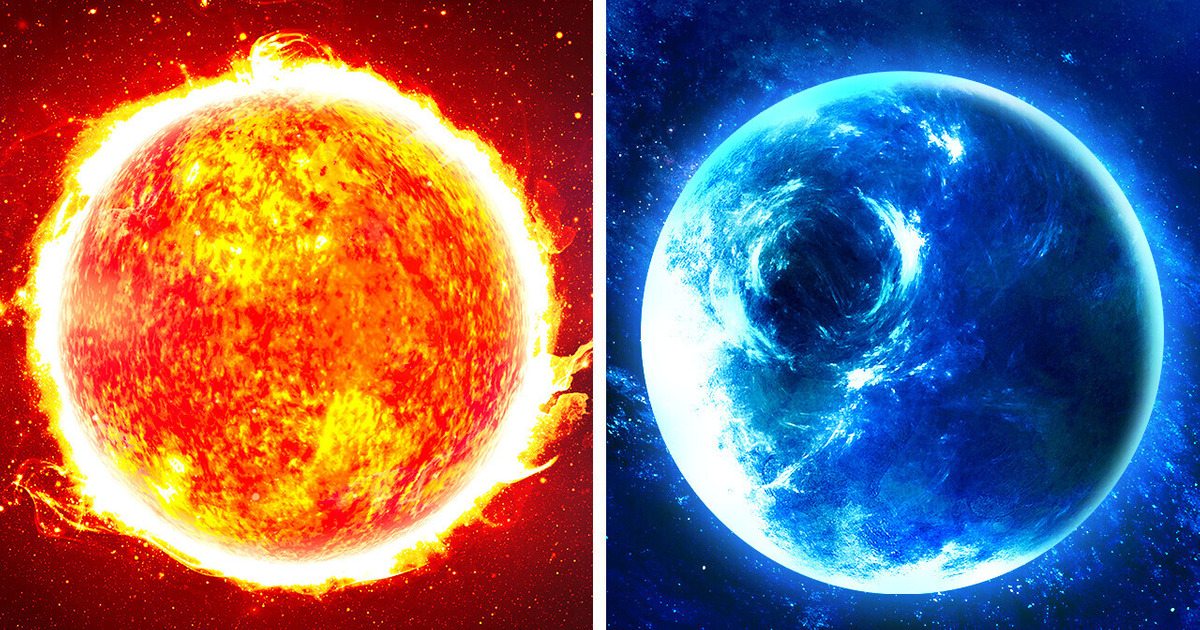
Venus has exceptionally high temperatures, hot enough to melt lead. It’s the hottest planet in our Solar System, with a high-pressure environment and super-strong winds. The winds there are 50 times faster than the planet’s rotation.
It’s getting stronger over time, and scientists don’t know why. But they did find something interesting in the planet’s clouds — a potential sign of decaying biological matter. Could there be life then? Not quite, since Venus has a dry, windy atmosphere and doesn’t have enough water for life to develop.
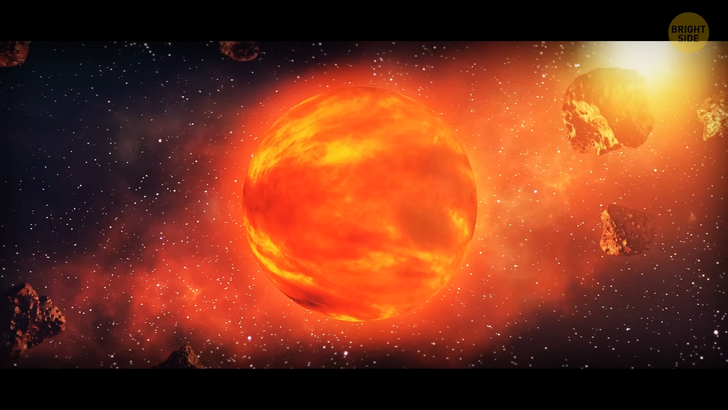
Rings around planets are more common than we thought. Saturn’s rings are the most famous and spectacular ones. They partially consist of reflective, sparkly, water ice, and you can’t see anything like that in the rest of our Solar System. Jupiter, Uranus, and Neptune have ring systems, too, and those most likely consist of dust and rocky particles. And not just planets — astronomers found out rings were around one asteroid [Chariklo] as well.
Speaking of rings, why do you think the Earth doesn’t have them? Gas giants [Jupiter, Saturn, Uranus, and Neptune] have rings, while the rocky ones [Mercury, Venus, Earth, and Mars] don’t. Two theories explain how rings form. They could be remains from the times when planets were forming. Or they could be leftover material of an impact that destroyed an unknown moon — or gravity broke apart this moon of its parent planet.
It’s not clear why only the gas planets have rings. They formed in the outer area of our Solar System, while rocky planets — only in its inner circles — may be a good clue. Maybe these inner rocky planets just had better protection from strong impacts that could have formed rings. Also, there are more moons in the outer Solar System. And there are more rings there.
Another thing may be that bigger planets have a bigger volume, so a ring system can remain stable there. Some theories even say the Earth used to have a ring system. A long, long time ago, our planet collided with a Mars-sized object, which most likely resulted in a dense ring of particles and debris. But, our story was a bit different than the outer planets — and those rings probably combined and formed the Moon.
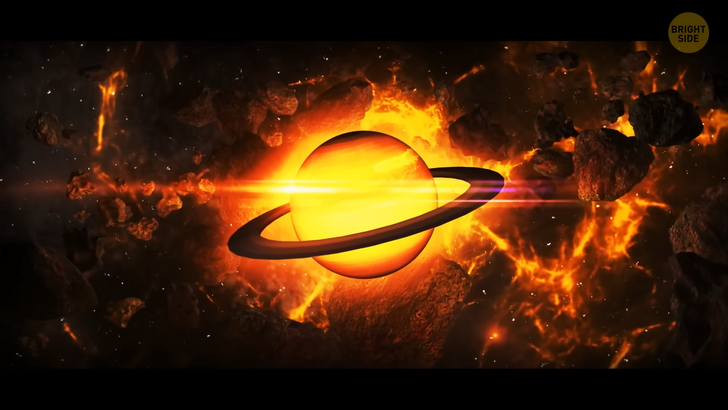
Do we know the shape of the Universe? Einstein had a theory of General Relativity. It said the Universe could be in one of these three forms: closed like a sphere, open like a saddle, or flat like a piece of paper. Its shape determines whether it’s infinite or not and whether it will expand forever or maybe collapse at some point. The shape of the Universe depends on its density and rate of expansion.
One of the best ways to determine its shape is to use something called the cosmic microwave background (CMB). It’s the relic afterglow, something that’s left of the Big Bang. Sound waves that were moving through the Universe in its early stages produced quite small spatial variations in the temperature of its faint light. The results of the studies showed that the Universe probably expands in all directions, which means it’s flat.
How come our Sun is hot while the Moon is cold? The Sun gives off heat because its core is extremely hot. In there, the pressure is pretty high, and hydrogen turns into helium. That’s how the Sun creates light and heat. The solar light and heat are enough to light up our days on Earth as well as support life here, even though the Sun is around 93 million miles away from us.
The Moon is not hot because it doesn’t have an atmosphere, so it can’t absorb sunlight as our planet does. Its surface gets very hot in the daytime, about 210 °F. But since there’s no atmosphere, the temperature drops extremely during the night to −279 °F.
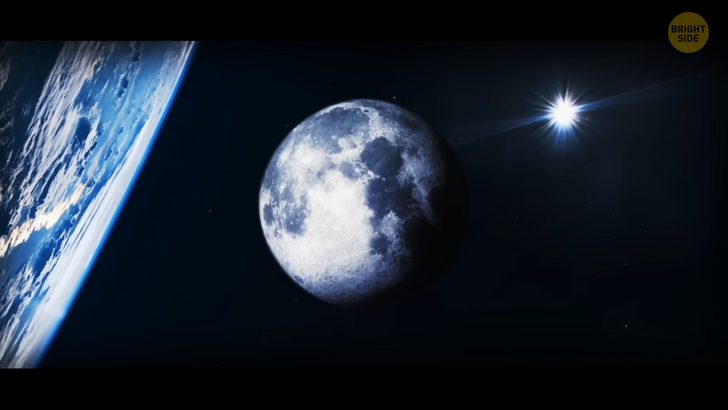
The Sun is hot, no doubt there, but the space around it is very cold. Heat is the energy objects store inside of it. Temperature is how we measure if something is hot or cold. So when you transfer heat to certain objects, its temperature goes up. Take it away, and the temperatures go down.
You can transfer heat in three different ways — convention, conduction, and radiation. Convention works within gases and liquids, and conduction is for solids. The temperature only affects matter. Space doesn’t have enough particles. It’s nearly a complete vacuum, which means transferring heat is not effective. The only way to do it is through radiation.
When the heat coming from the Sun falls on an object in the form of radiation, the atoms that make up that object will absorb energy. This energy moves the atoms and makes them produce heat throughout this process. In space, the temperature of the objects stays the same for a long time. Cold objects stay cold, and hot ones stay hot.
If you place anything outside of the Earth’s atmosphere and expose it to direct sunlight, the Sun will heat it to about 250 °F. Objects in outer space that surround our planet and don’t receive sunlight directly are at 50 °F. The temperature is like this because there are molecules that escape our atmosphere, so the Sun heats them.
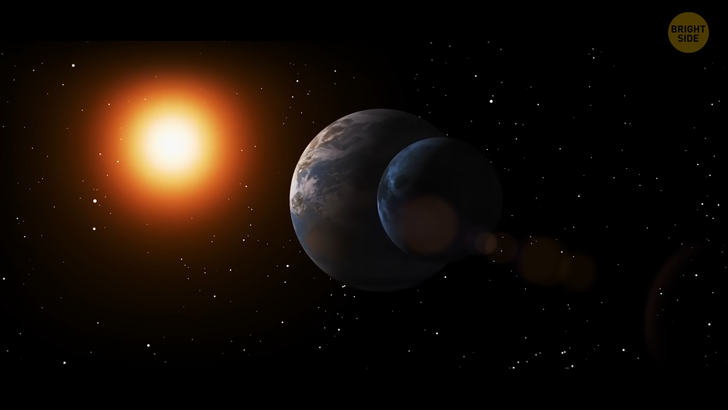
We used to think the water was really rare in space. But now we know there’s water ice across our entire Solar System. For starters, you can usually find water on asteroids and comets. It’s also in craters on Mercury and the Moon that are in permanent shadows. On Mars, you’d find ice at its poles, under the surface dust, and in frost. It might not be enough to support human colonies up there, but it’s still something.
Some other bodies in our Solar System also contain ice, like the dwarf planet Ceres and one of Saturn’s moons [Enceladus]. Europa, one of Jupiter’s moons, could be one of the most likely candidates we know about that could contain life. It probably has an entire ocean under its frozen and cracked surface. It could have twice as much water as all oceans on our planet together.
Titan, the biggest of Saturn’s moons, also has a liquid cycle, but it’s not water. Its cycle moves materials between the surface and the atmosphere. At first, it sounds like the water cycle we have on Earth. But immense lakes on Titan are filled with ethane and methane. There’s a chance they’re over a layer of water. Neptune is about 30 times as far from the Sun as we are. Of course, it gets significantly less light and heat than Earth. But it also radiates way more heat than it’s getting.
There are more things happening in its atmosphere, especially if you compare it to its neighbor Uranus. Uranus is closer to the Sun, but it still radiates the same amount of heat as Neptune. The winds on Neptune are insanely strong — 1,500 miles per hour. No one still knows why. It could be a gravitational contraction, energy coming from its core, or the Sun — I hope we’ll eventually find out.
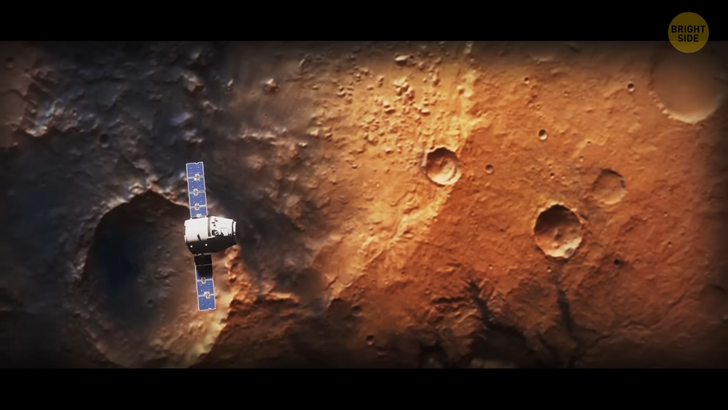
Can you imagine hot ice? It exists just 33 light-years away from us, on one exoplanet [Gliese 436 b]. This planet consists of different water elements, and they form burning ice. The ice there is solid because of pressure. But the surface temperatures are extreme and go up to 570 °F. That’s how the water stays super-hot and comes off as steam.
Picture putting ice in your coffee when you want to heat it up! When you stargaze, it’s almost like you’re looking into the past. Stars are really far away, and it takes longer for their light to reach our planet. So, it’s possible some of them have already run out of fuel and aren’t “alive” anymore. The Pillars of Creation are a good example. This is part of a region 7000 light-years away from us called the Eagle Nebula.
These are clouds of gas and dust in the shape of pillars. Scientists first discovered it in 1995, but in reality, a supernova explosion destroyed these pillars that were at least 6,000 years ago. So, the 1995 image shows these Pillars from 7,000 years ago. Mars has the biggest volcano in the Solar System that we know of so far [Olympus Mons]. It’s bigger than the whole state of Hawaii and 100 times larger than the biggest volcano on Earth [Mauna Loa, Hawaii].
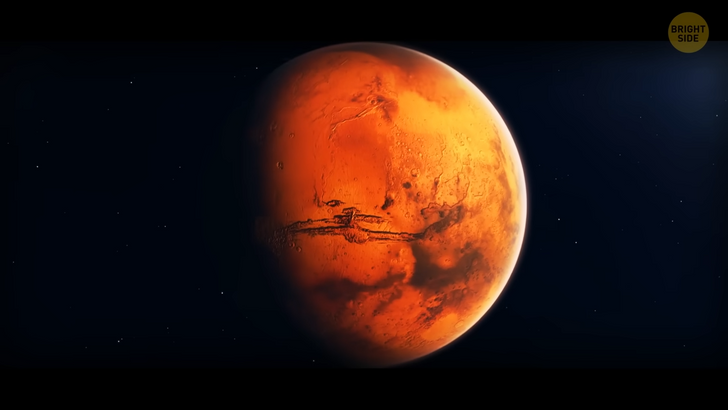
The Red planet seems so quiet, but once upon a time, large volcanoes dominated its surface. Volcanoes on the Red planet can probably grow so big because gravity there is a lot weaker than down on Earth.
Also, the crust on our planet is moving all the time, and the Martian crust probably stays still.











